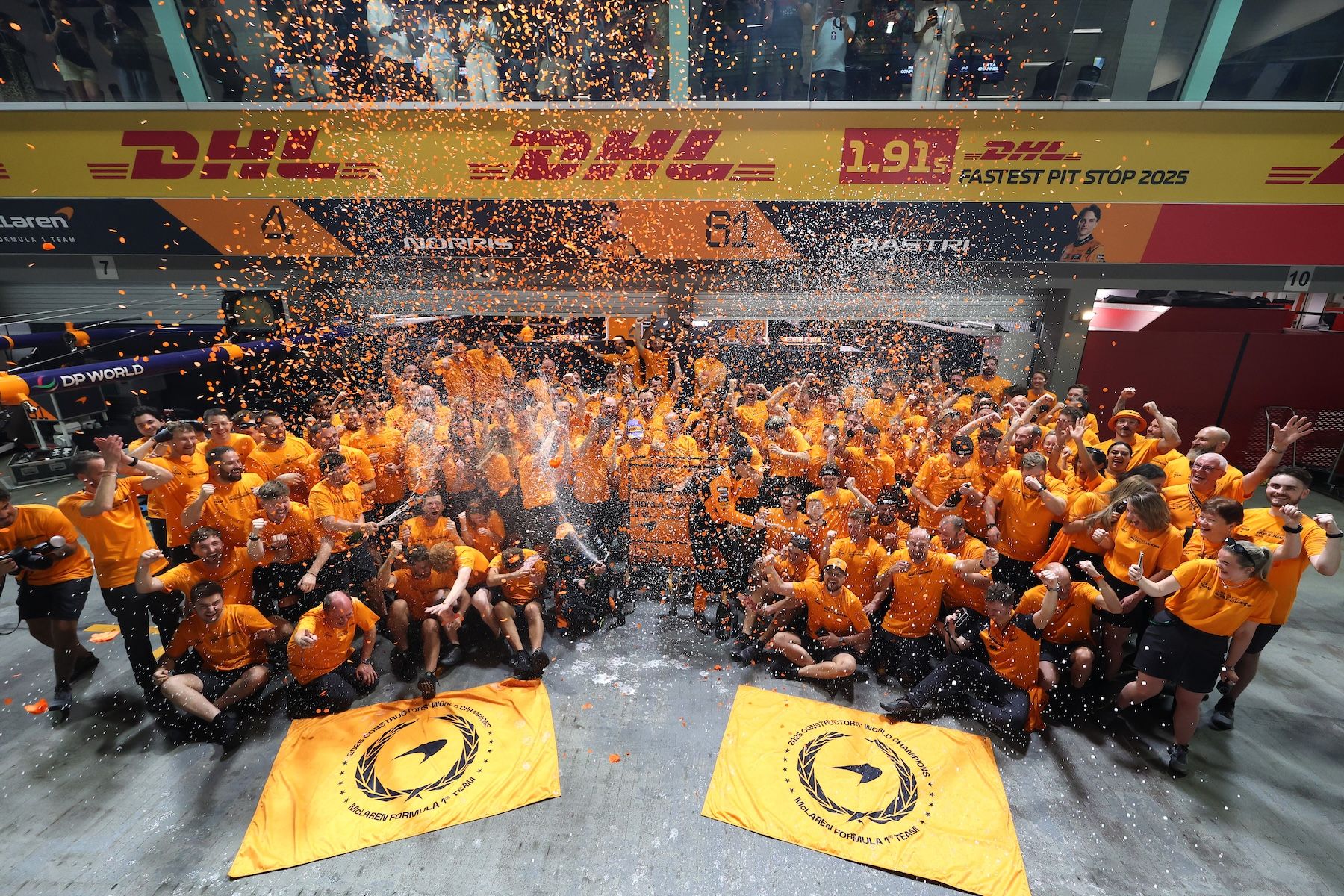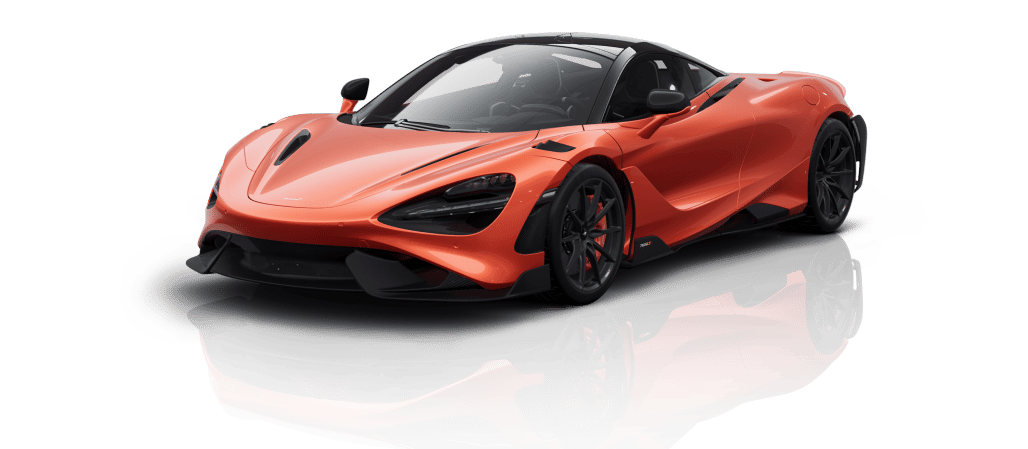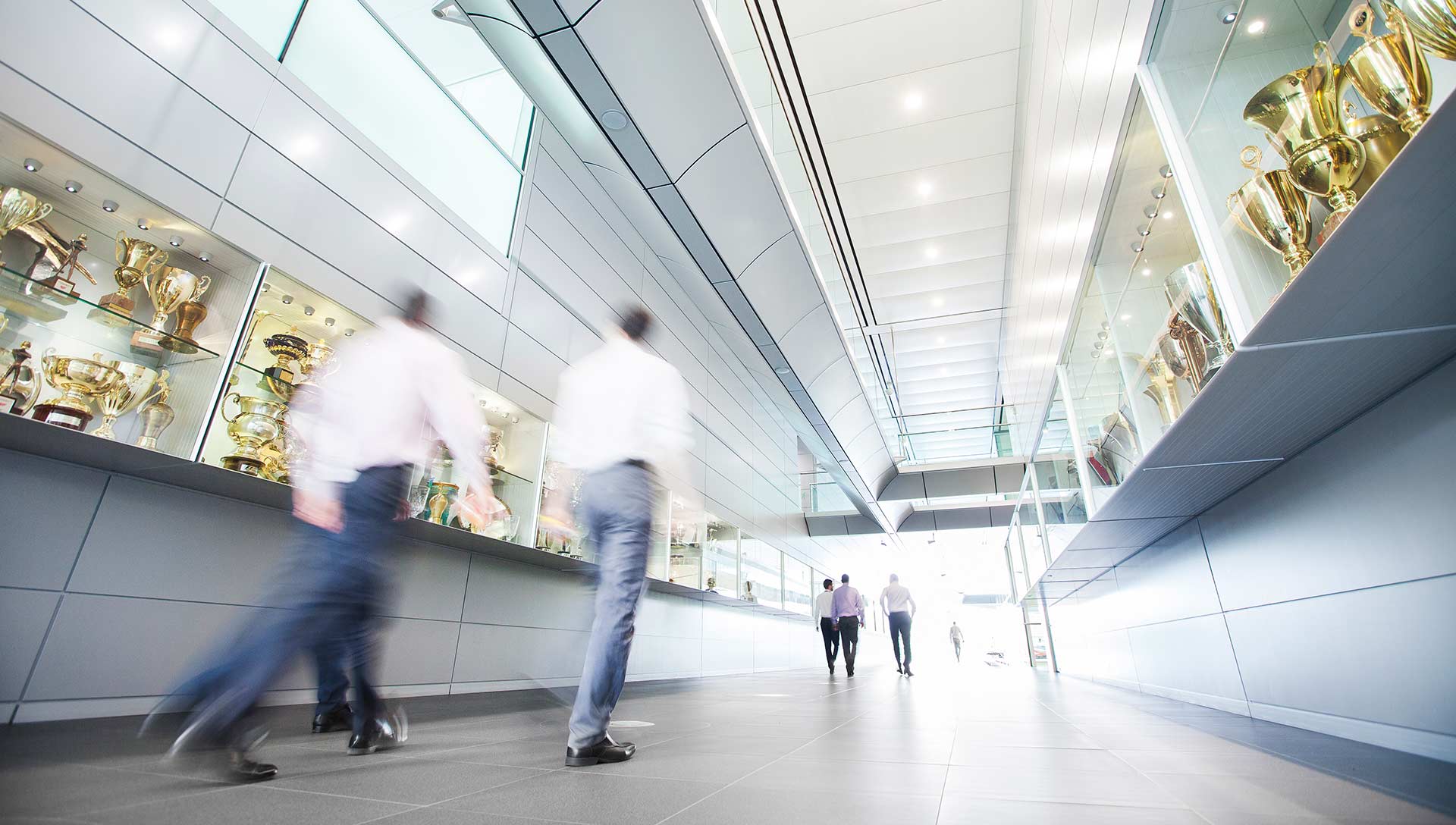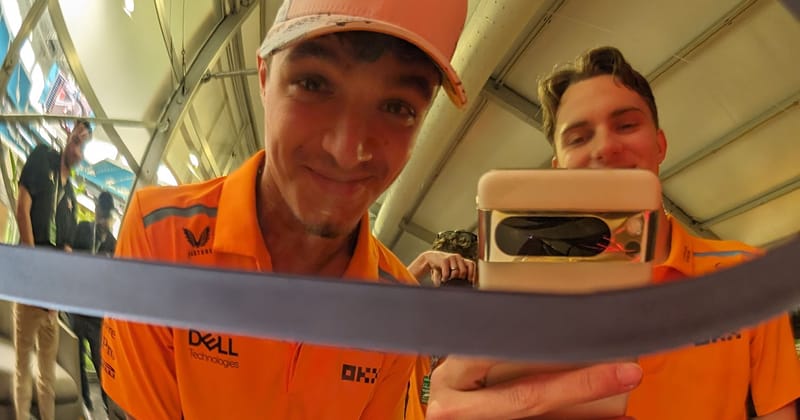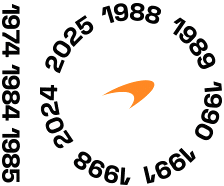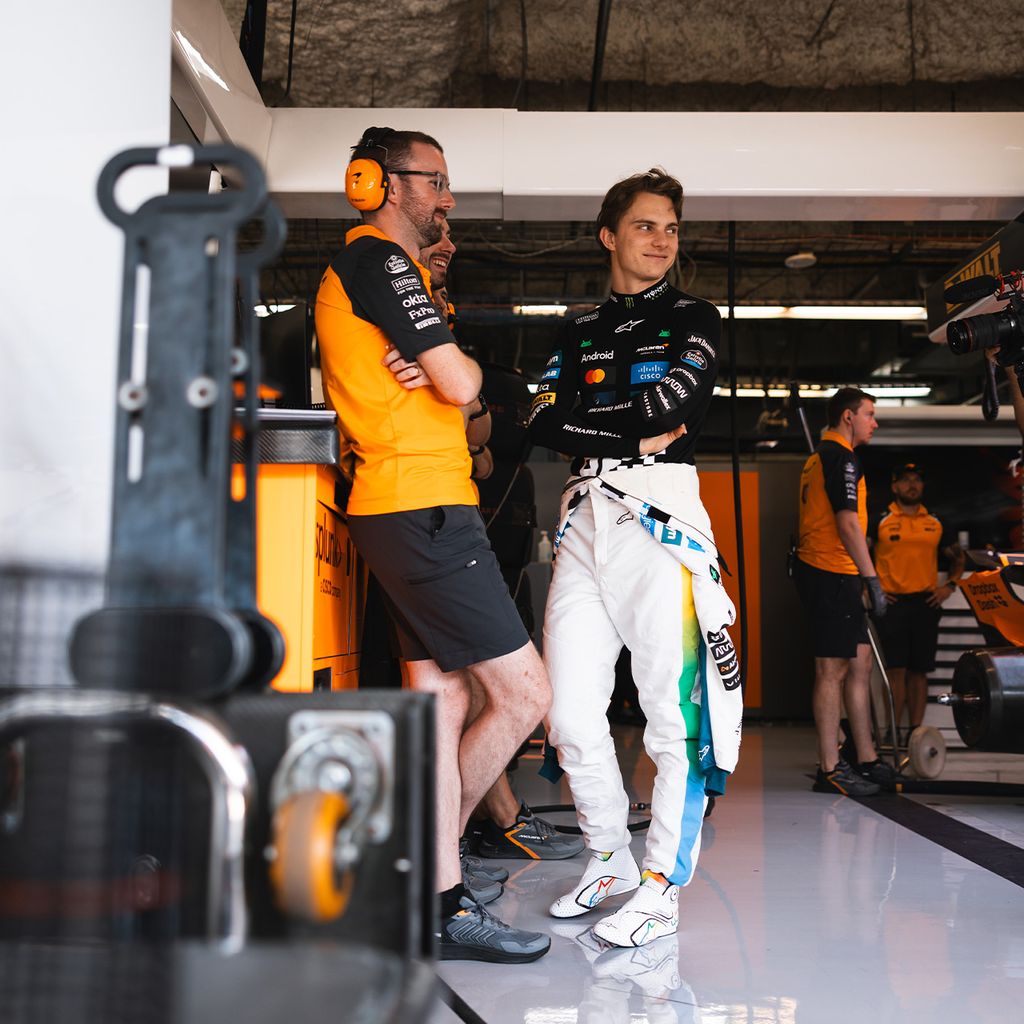
The United States Grand Prix briefing - powered by Google Cloud
Navigating a bumpy track surface, deciding on downforce, and the impact of the Sprint: Answering this weekend’s key questions

Welcome to The Briefing, where we’ll be answering the key on-track questions ahead of the United States Grand Prix.
Each week, powered by Google Cloud, we’ll be speaking to one of our trackside experts to walk you through the biggest talking points and provide you with a simplified guide of what you’ll need to know to jump straight into the action. This week, ahead of FP1, we spoke to Adrian Goodwin.
Blending together some of the best sections from much-loved tracks such as Silverstone and Suzuka, the Circuit of the Americas is one of the most enjoyable on the calendar. Despite its similarity to other circuits, there are plenty of original challenges for the team to get their teeth stuck into.
Among them is the track’s bumpy surface, which presents several setup questions, but with this weekend being a Sprint event, the team will only have one session in which to answer them. With Adrian’s help, we’ll outline what these questions are and how we intend to answer them.
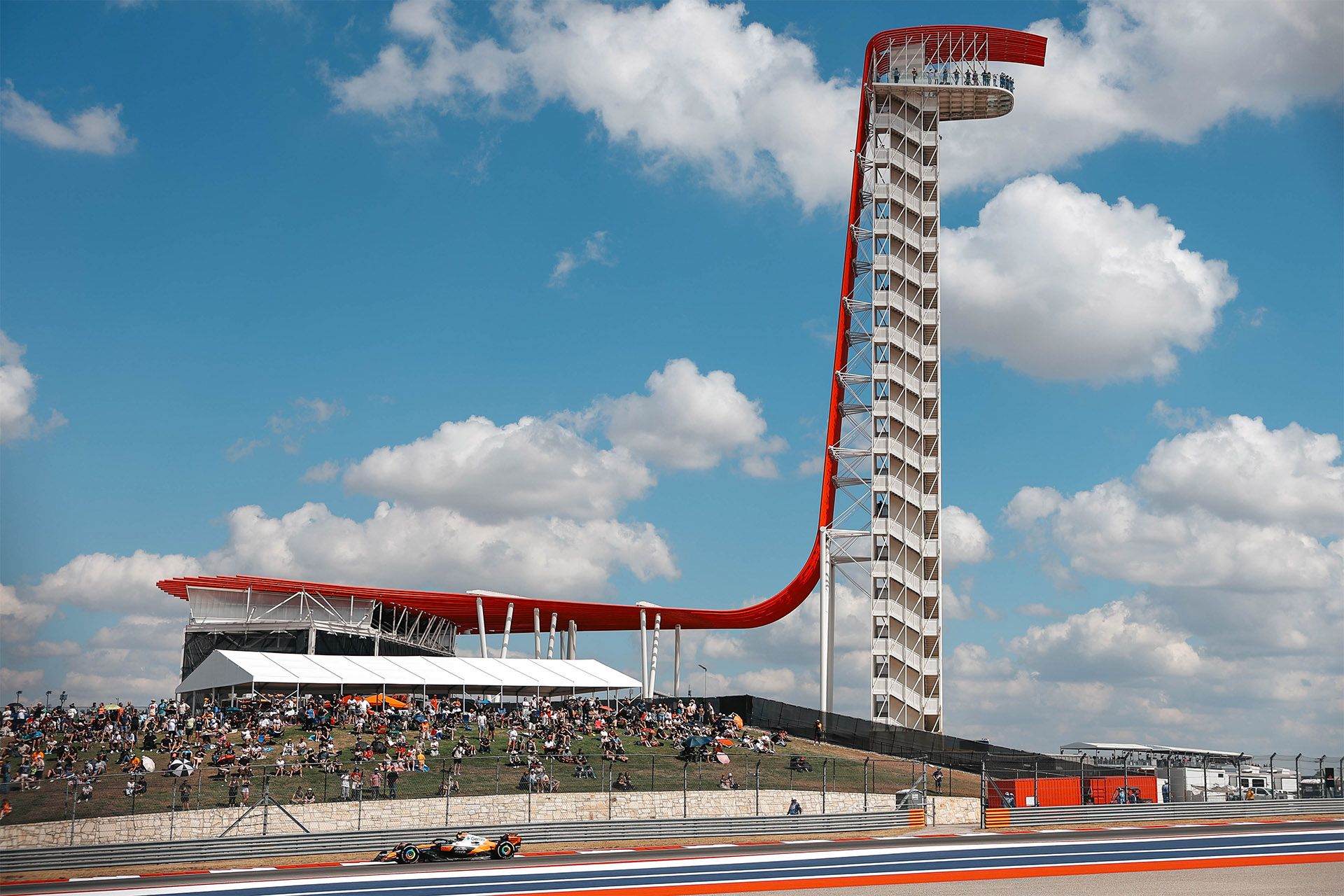
Adrian, we’ve got a Sprint event in Austin, which means just one practice session. What are you looking to learn?
The Hard tyres are one stop harder than last year, so that’s the main unknown. It’s also going to be hotter this weekend than it was last year, so the track is potentially a little more challenging in terms of the tyres overheating. That said, because it’s a Sprint weekend, we know what tyre we’ll be using in Sprint Qualifying, and it’s reasonably clear which way we should go for the Sprint and what we want to save for Qualifying. Beyond that, it’s the usual stuff of dialling in car performance.
This is the second event of the year with a bridge between the compounds. Is it likely to make a huge difference this weekend?
Because we’re finding the tyres to be reasonably durable this year, we’re not expecting it to make a huge difference. Last year was on the crossover between one and two stops, and an early Safety Car made it a one-stop race. With the tyres a step harder, we’d expect the pace to be slightly worse, but the tyres will do a longer stint. Potentially, that’s an easier one-stop – but we’ll know more after being out on track.
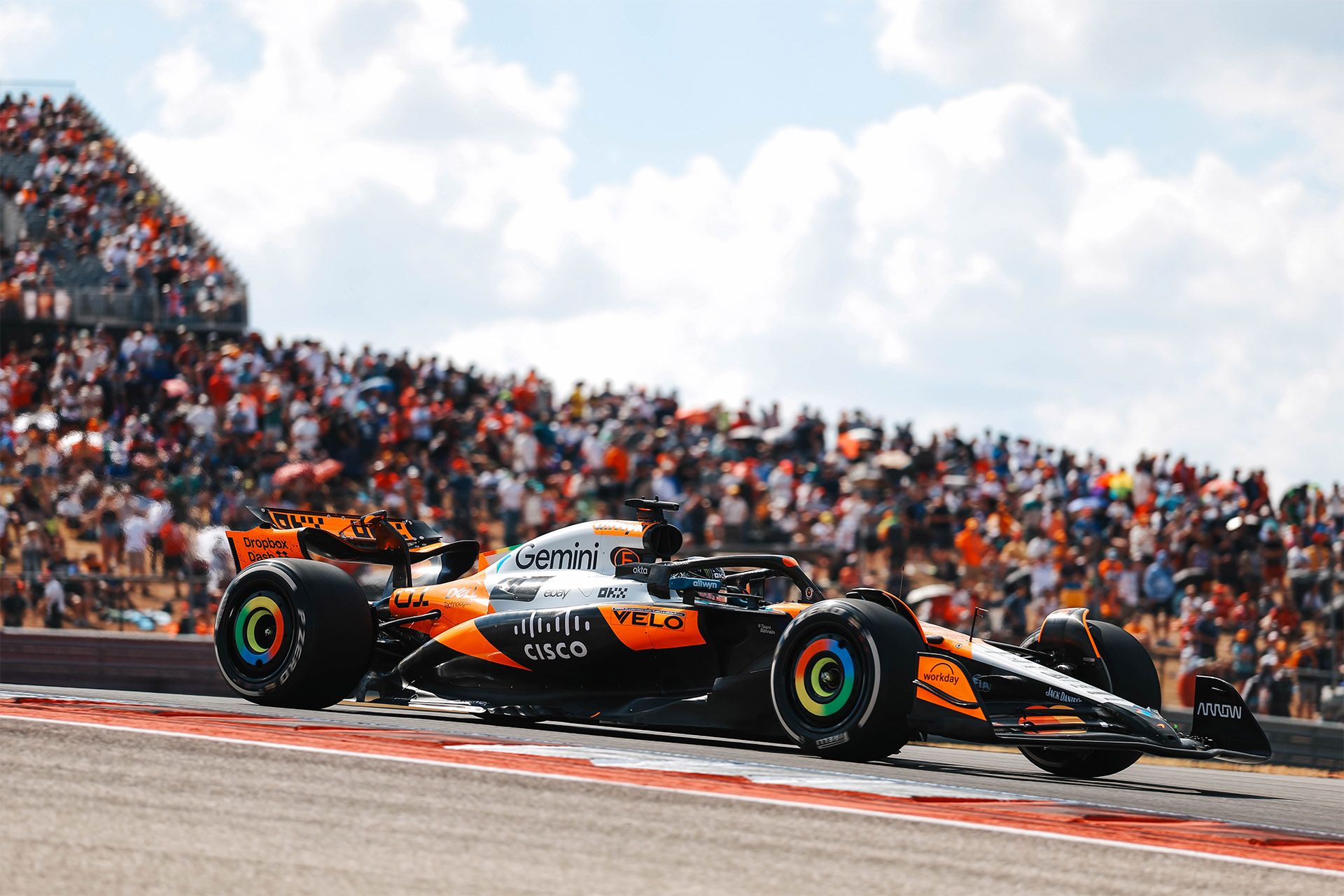
Is there anything new on the car this weekend?
No, that's all done. It’s more of a session about optimisation, getting car performance, as we already understand it, into the right window, and getting the drivers ready to deliver the laps in Sprint Qualifying. There isn’t anything specific. We’ll want to sign off on the cooling bodywork, the ride heights, flap angles, and learning if any of the bumps have become worse.
The track tends towards bumpy. What considerations does that bring with it?
We see the track becoming more bedded-in every year and getting bumpier, and there are always question marks every time we come here regarding where and how severe those are going to be. It does make the setup a little bit more challenging.
It matters where the bumps are. Everyone wants to run the cars low for grip, but with bumps in the high-speed esses, the car needs to react to the bumps without causing the driver to lose control. Bumps in the braking zones make it more difficult to manage slips and, therefore, tyre temperatures. They also add a bit of inconsistency, which, along with the wind, can make it quite tricky to hook up a decent Quali lap.
Parc Fermé is rescinded between the Sprint and Qualifying for the race. Is this a track where setup will be automatically adjusted between the shorter and longer formats?
Yes. We’re going from setting up for Sprint mileage to full race mileage. You’re also more likely to run the Hard tyre in the race, which has less grip and therefore moves around the window in which you are aiming to work.
There’s also the factor of having more data, having done the Sprint, which is, for the purposes of the race, like a really good long run of the sort we don’t do in practice anymore.
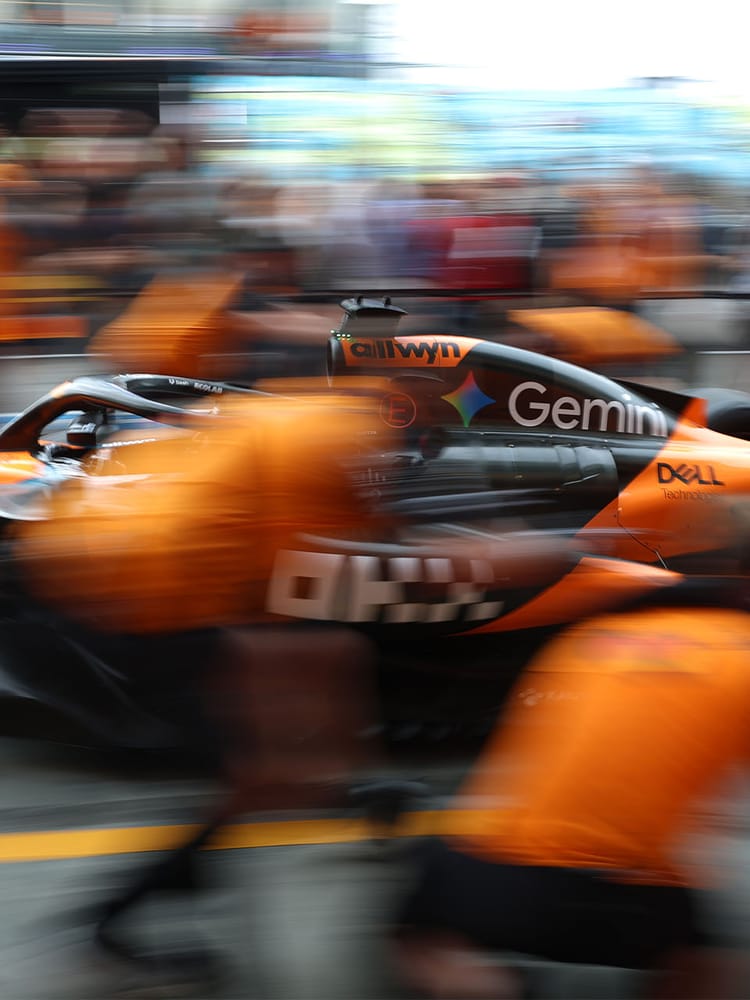
Find your competitive edge with Google Cloud
Are you settled on a downforce level?
It’s not locked down. We think a high-downforce rear wing looks good, but we might drop it a little bit if we feel we need a bit more end-of-straight speed. We have discussed splitting the cars for FP1, but that doesn’t look necessary. We’ll likely go with whatever will give the drivers the best preparation, and it wouldn’t be too much of a concern if we needed to make a change of rear wing level going into Sprint Qualifying.
There are various factors that feed into this: you would usually think that having a hotter track – and it’s very hot this year – would make you carry a bit more load, but that might leave you exposed in Turn 12, so there’s also a need to go with the rest of the pack. This has been the trend over the last few years, with everyone running a level of downforce a bit lower than optimal to make sure they’re competitive at end-of-straight.
McLaren Racing leverages Google Cloud AI to gain a competitive edge by visualising race data to provide real-time insights, and creating efficiencies across processes and resources.
Recent articles
All articles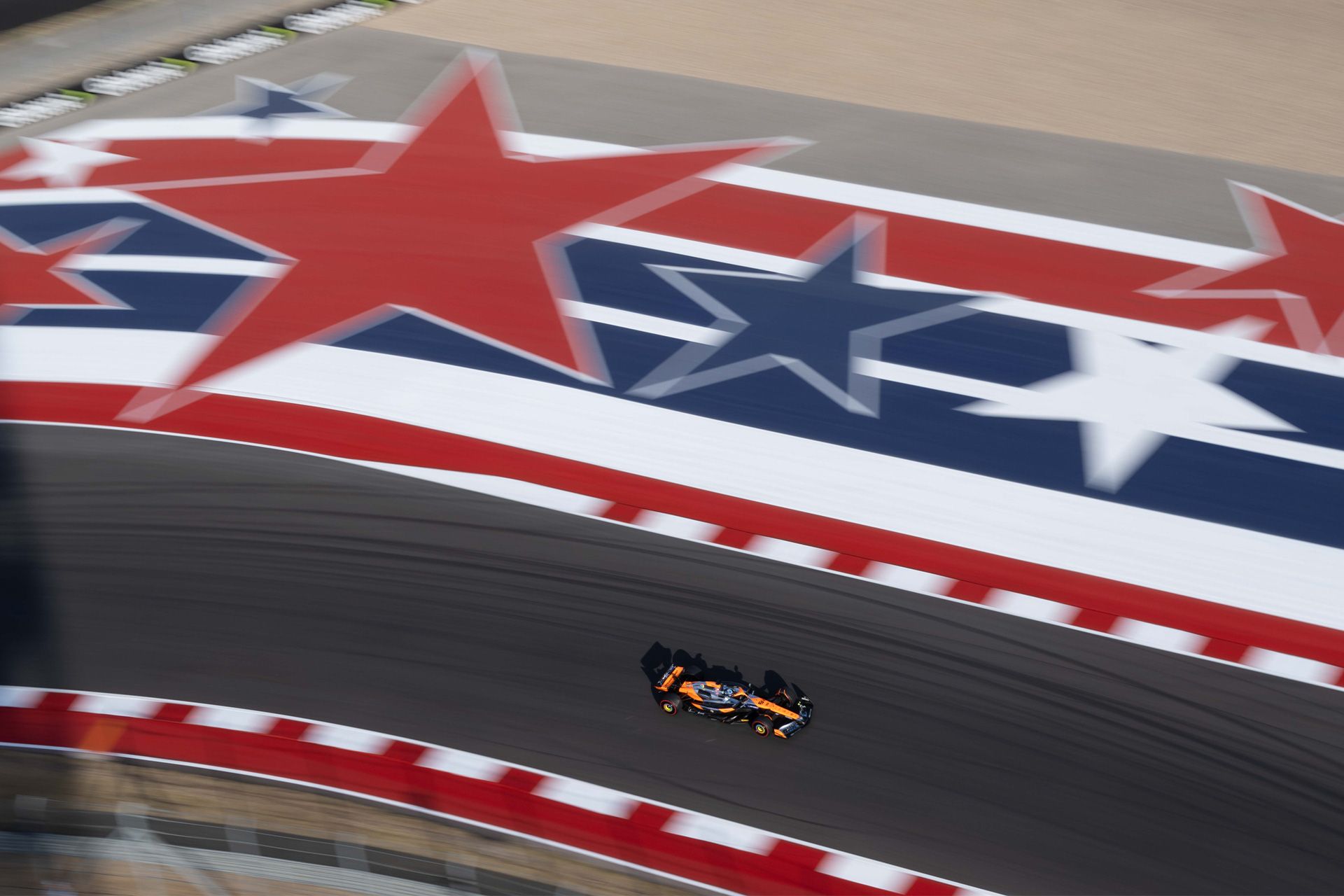
Preview: The 2025 United States Grand Prix – presented by OKX
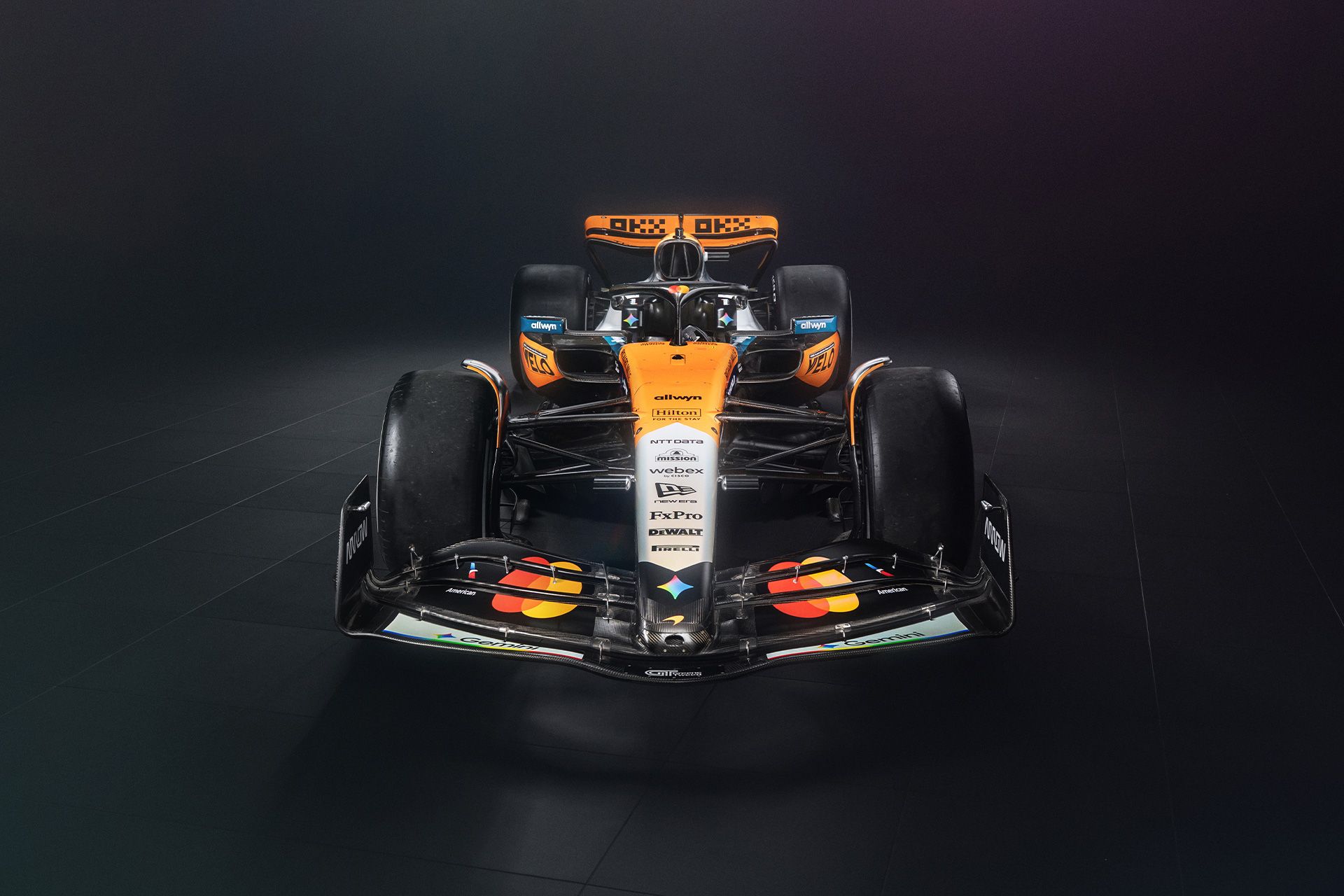
McLaren unveils Google Gemini livery enhancement
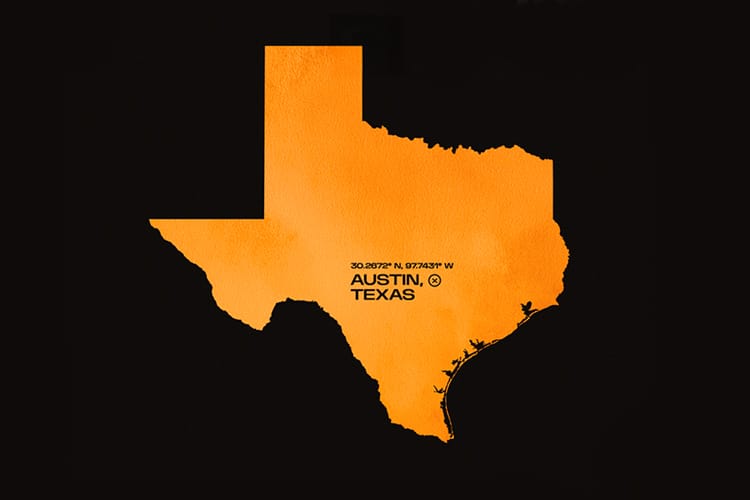
McLaren Racing Live: Studio Zone
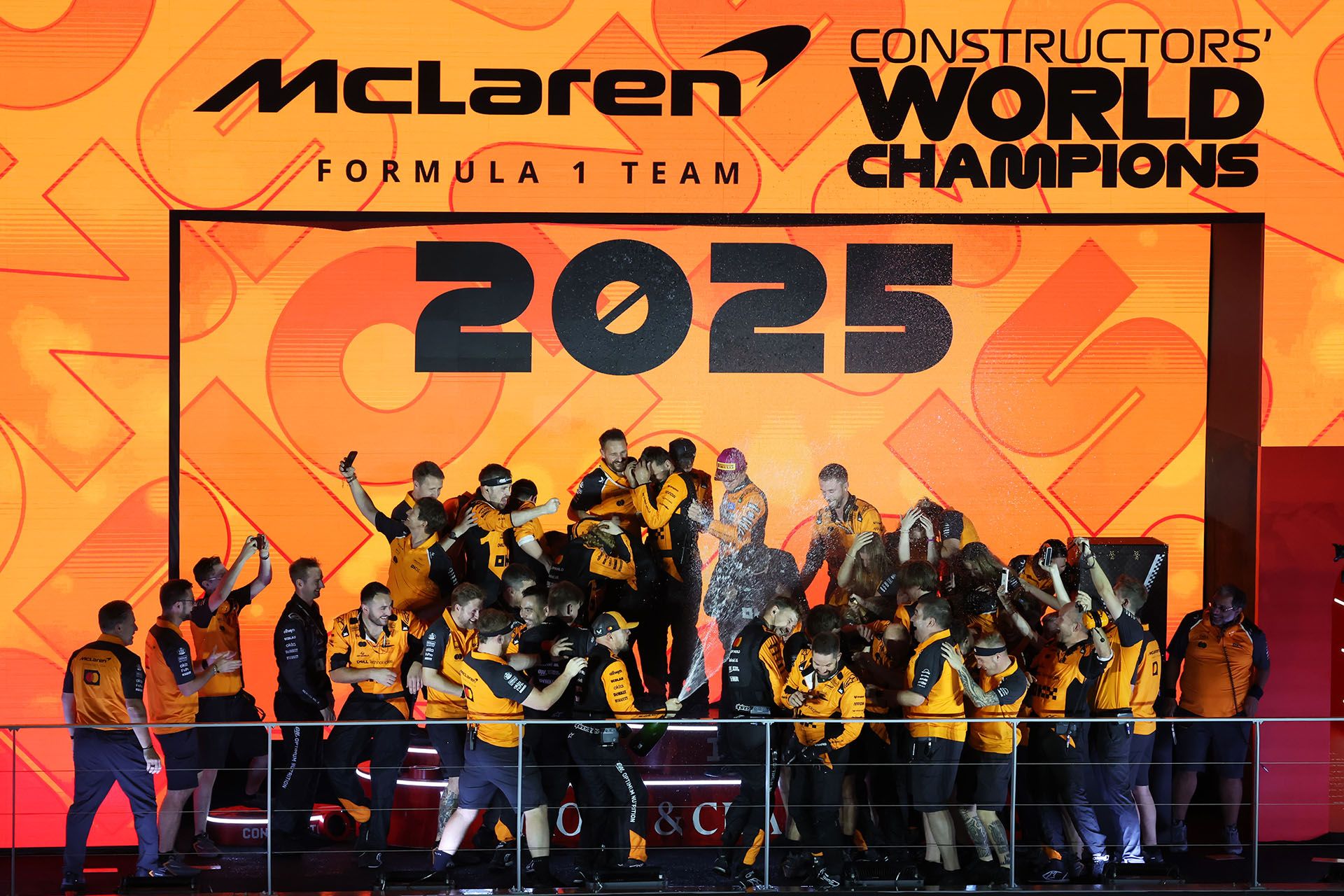
2025 Singapore Grand Prix – McLaren Race Report
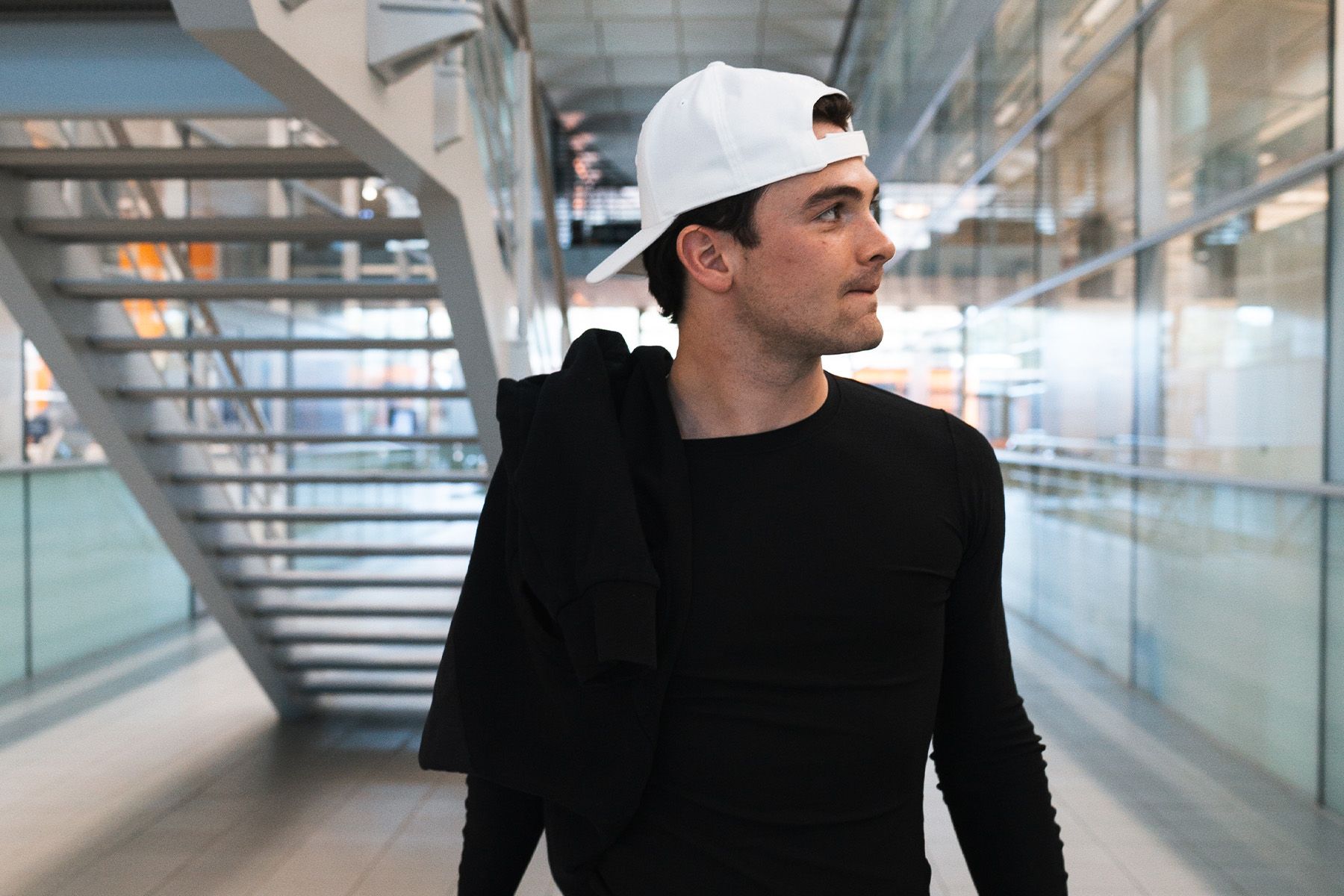
Life between two paddocks: After a career-best INDYCAR season, Pato is ready to step back into McLaren’s F1 fold
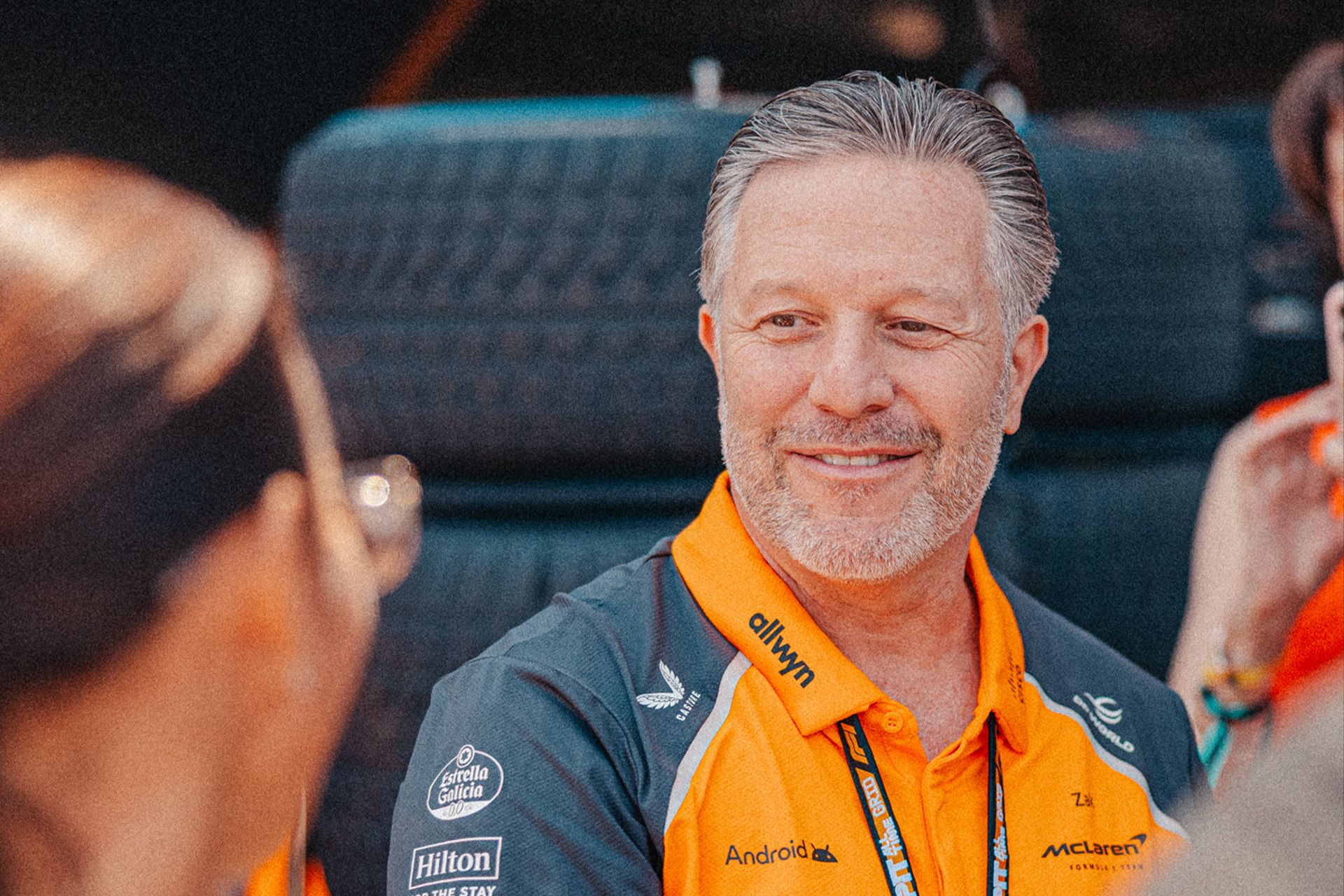
Exclusive: CEO Zak Brown on winning back-to-back titles
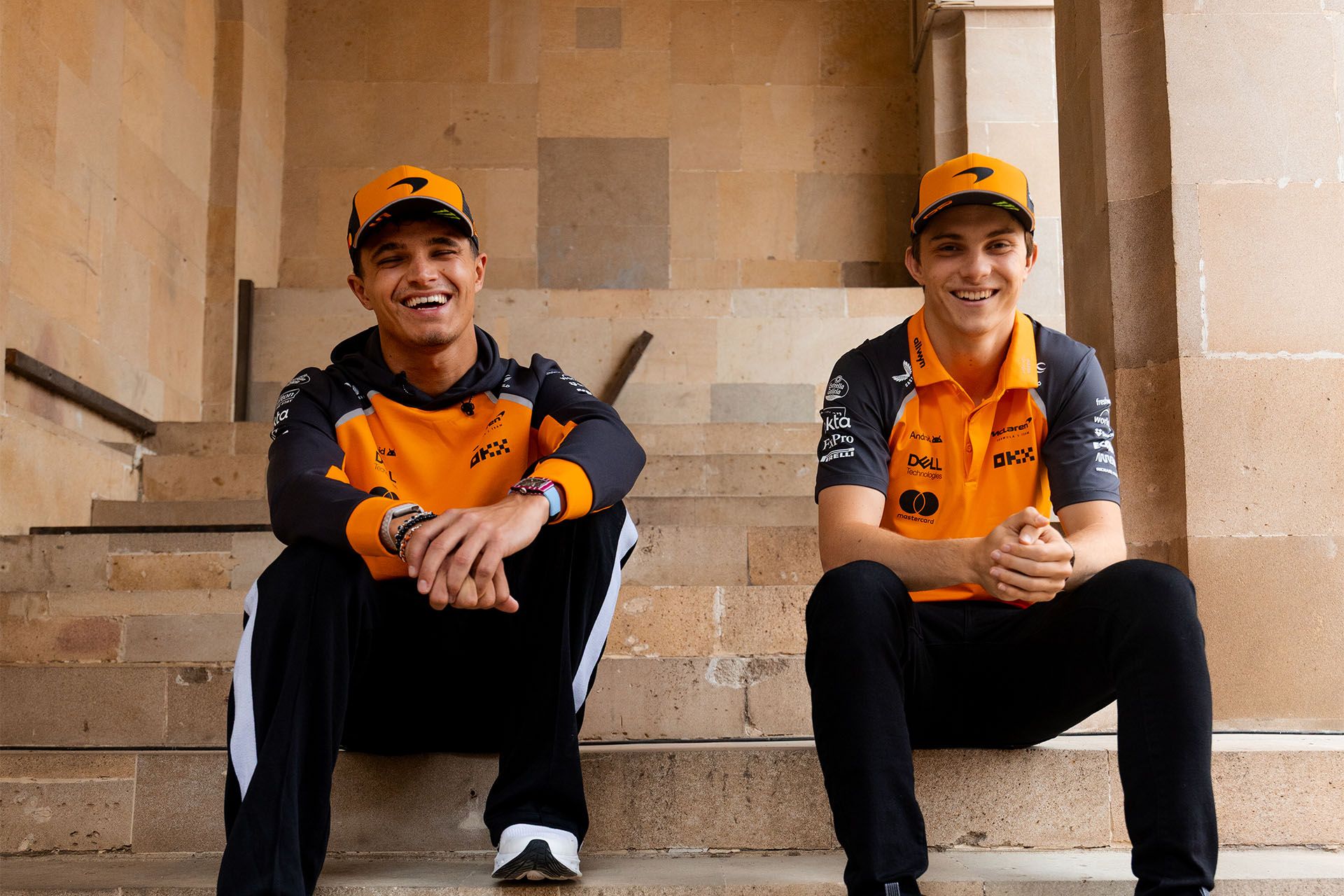
Another seven F1 questions you’ve been afraid to ask
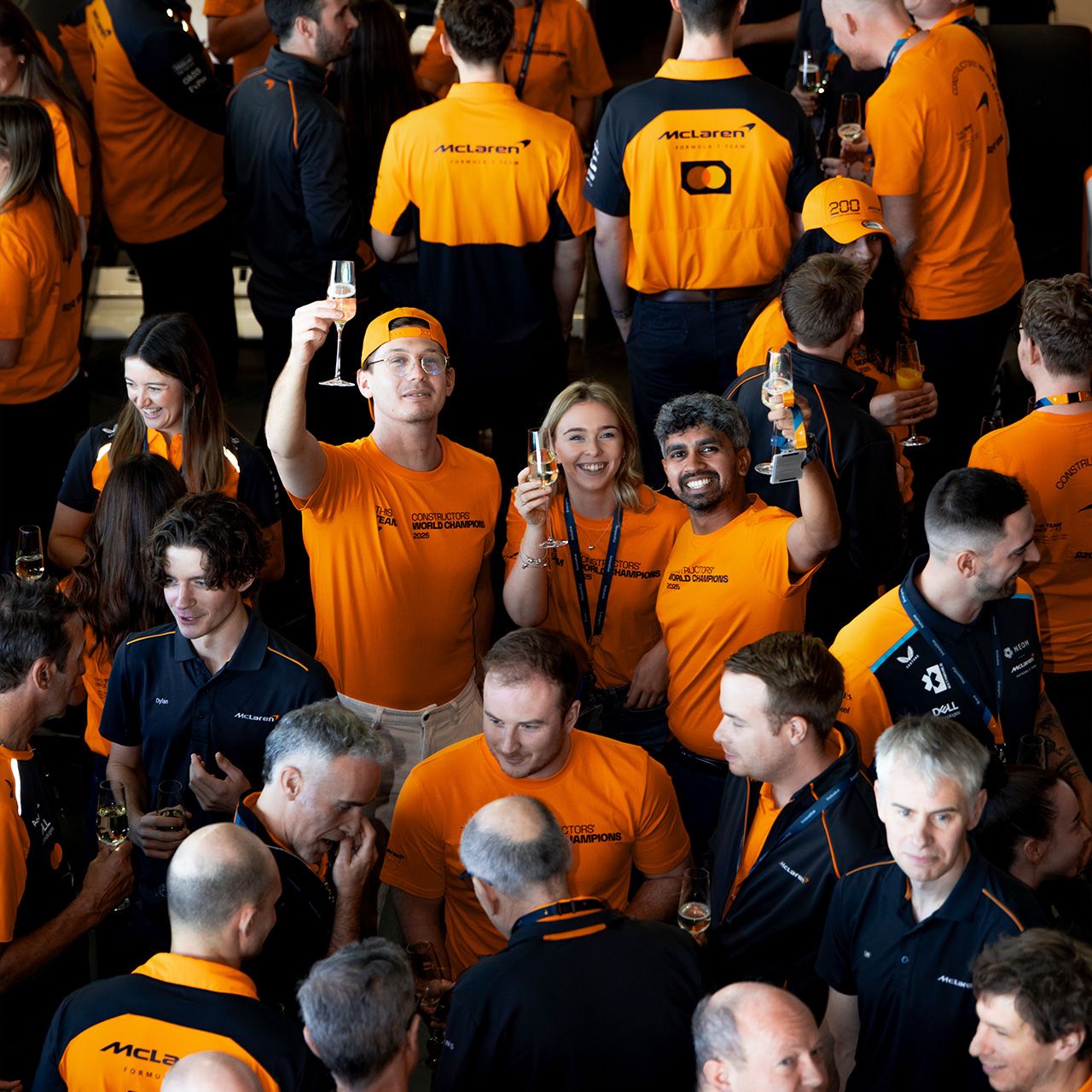
QUIZ: McLaren's 2025 Constructors' Championship win
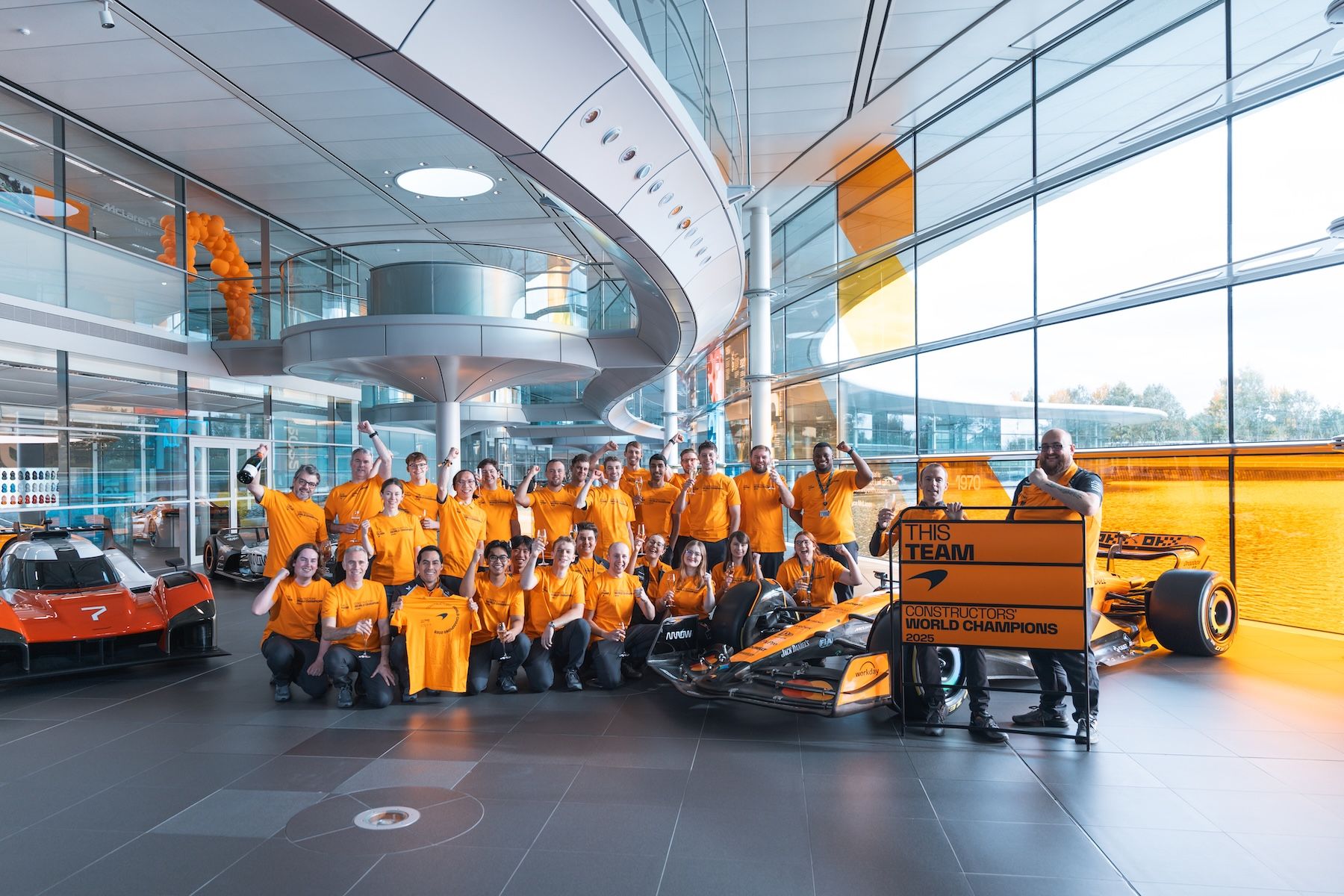
The numbers behind McLaren’s 2025 Constructors’ Championship win
